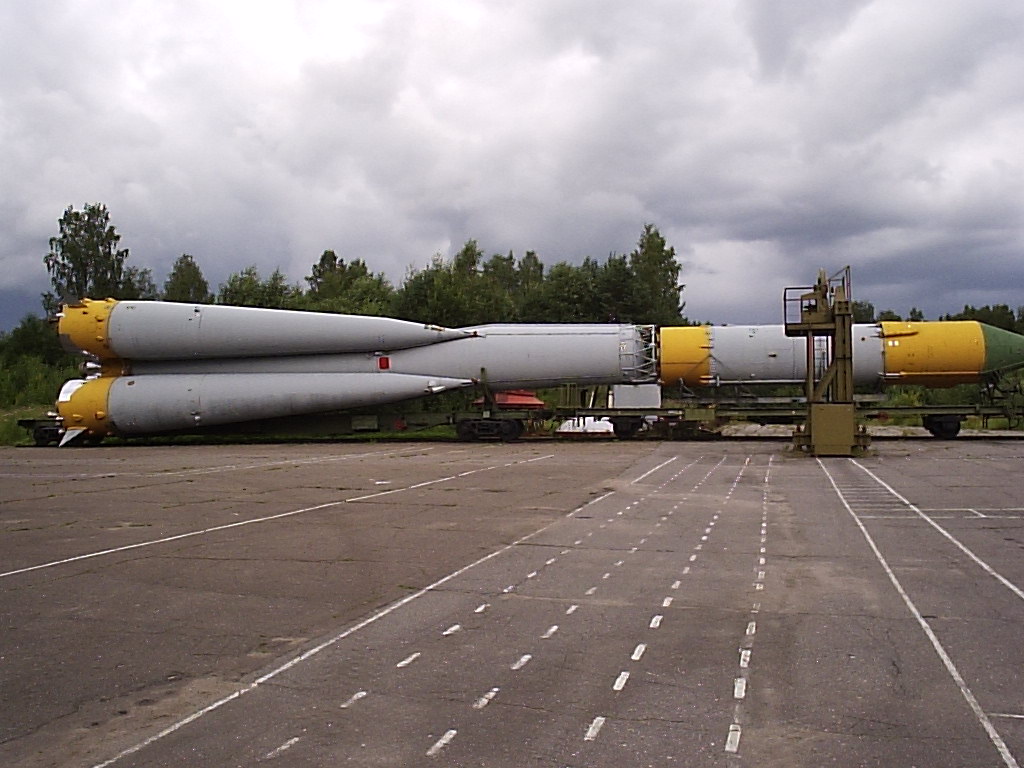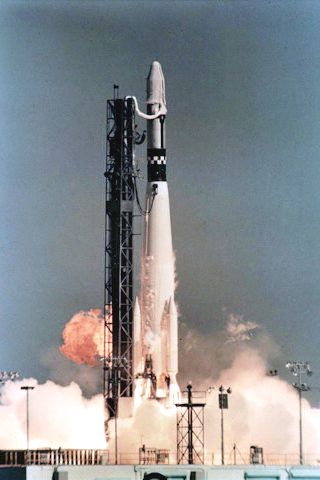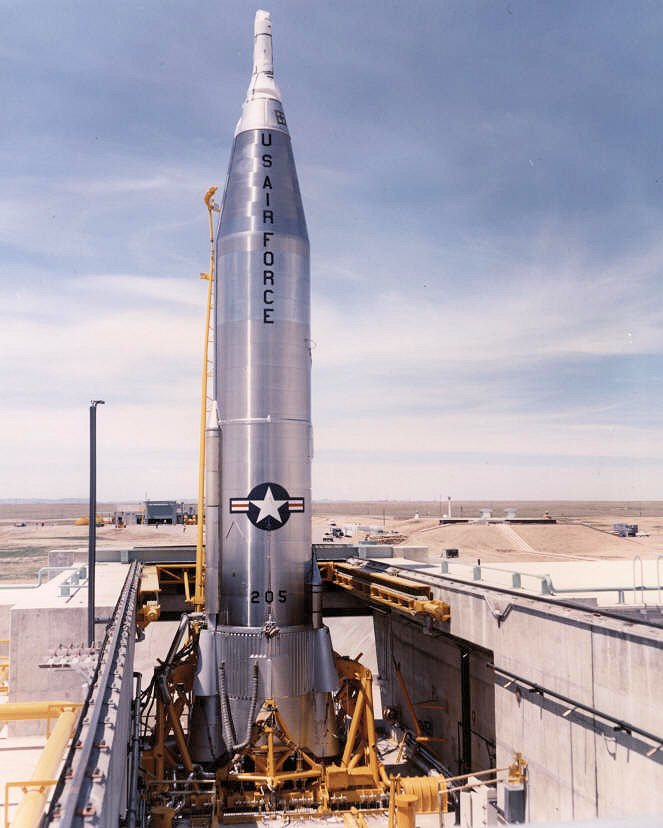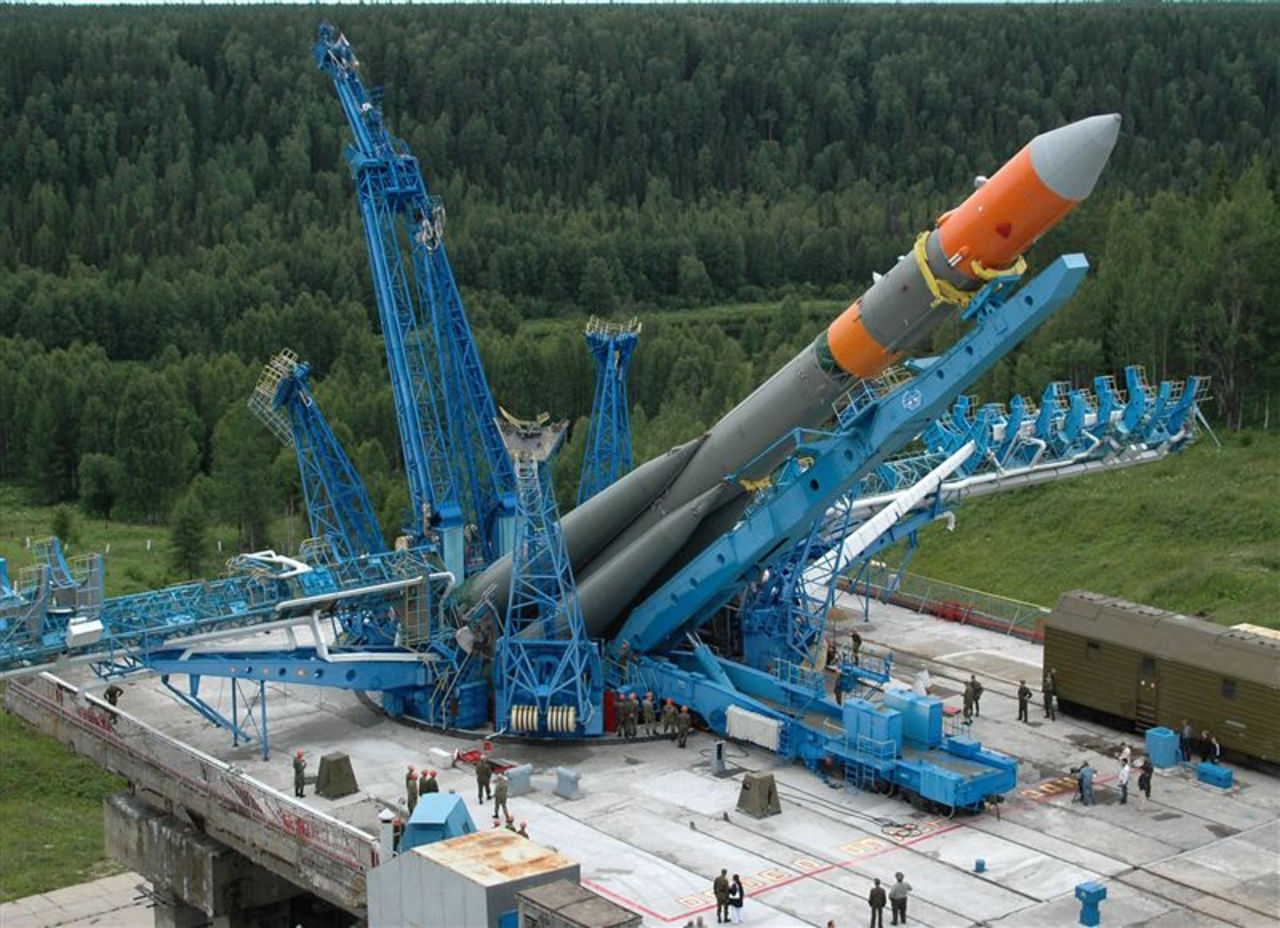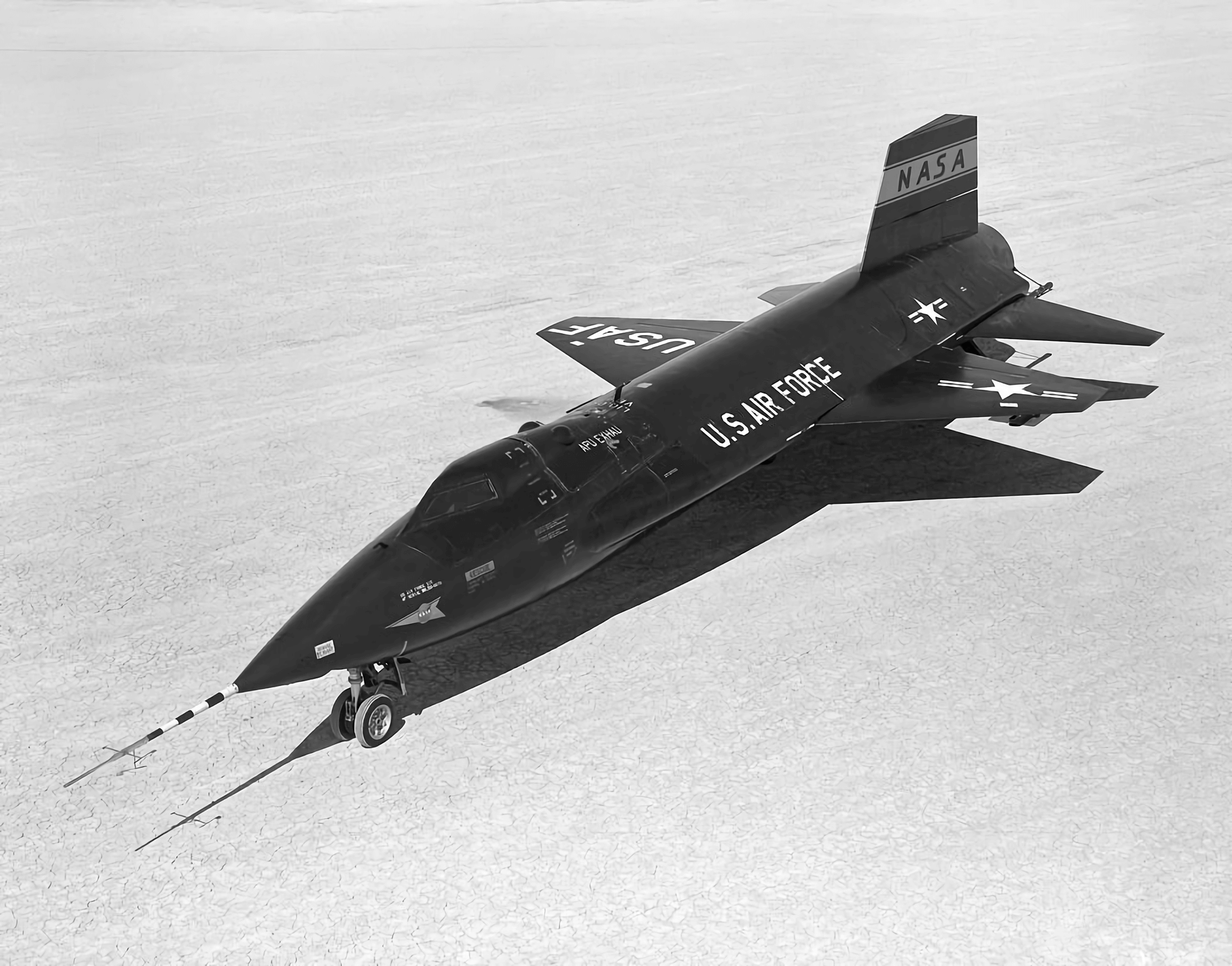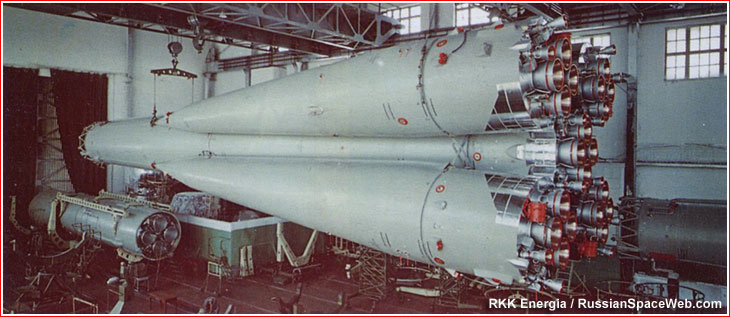Previous Spaceflight Launches
Filter by Agency, Locations or Vehicles
Show All LaunchesMolniya 8K78 | Molniya-1 2
Strategic Rocket Forces | RussiaBaikonur Cosmodrome, Republic of Kazakhstan
Oct. 14, 1965, 6 a.m.
Thor SLV-2A Agena D | KH-4A 25
McDonnell Douglas | United States of AmericaVandenberg SFB, CA, USA
Oct. 5, 1965, 5:45 p.m.
Atlas D | OV1-2
Convair | United States of AmericaVandenberg SFB, CA, USA
Oct. 5, 1965, 9:07 a.m.
Molniya-M | Luna-7
Russian Space Forces | RussiaBaikonur Cosmodrome, Republic of Kazakhstan
Oct. 4, 1965, 7:36 a.m.
Atlas SLV-3 Agena D | KH-7 22
Convair | United States of AmericaVandenberg SFB, CA, USA
Sept. 30, 1965, 7:23 p.m.
Status: Launch Successful
Mission:
The Program 206 satellite, carrying the KH-7 (Keyhole 7) camera system (codenamed Gambit-1), was the first successful high resolution space reconnaissance program. It was managed by NRO's Program A, the USAF-led segment of the National Reconnaissance Program managed from Los Angeles AFB in El Segundo, California.
Sun-Synchronous OrbitX-15 | Flight 150
North American Aviation | United States of AmericaAir launch to Suborbital flight
Sept. 28, 1965, 6:08 p.m.
Voskhod | Zenit-4 12
Soviet Space Program | RussiaBaikonur Cosmodrome, Republic of Kazakhstan
Sept. 23, 1965, 9 a.m.
Thor SLV-2A Agena D | KH-4A 24
McDonnell Douglas | United States of AmericaVandenberg SFB, CA, USA
Sept. 22, 1965, 9:31 p.m.
Kosmos 65S3 | Strela-1 25 to 29
Strategic Rocket Forces | RussiaBaikonur Cosmodrome, Republic of Kazakhstan
Sept. 18, 1965, 7:59 a.m.
Thor Burner 1 | DSAP-2 F1
McDonnell Douglas | United States of AmericaVandenberg SFB, CA, USA
Sept. 10, 1965, 4:41 a.m.
